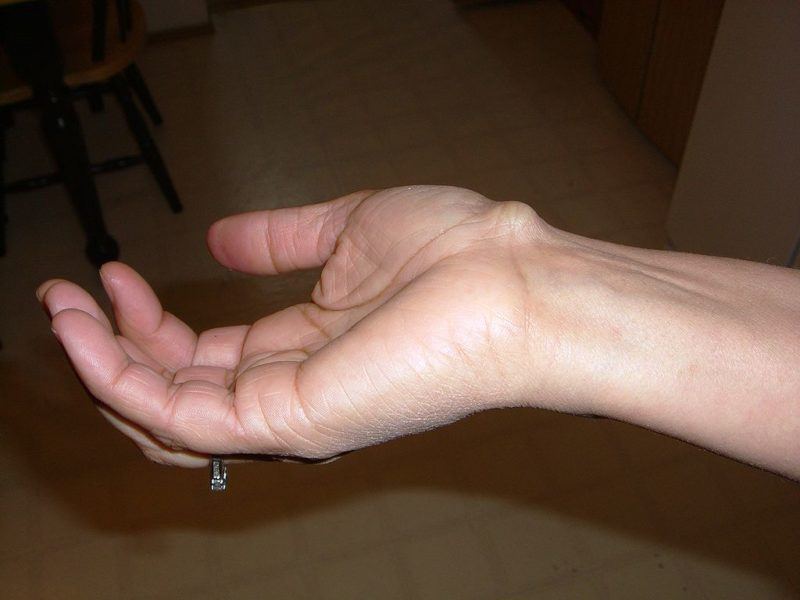Living with a ganglion cyst can significantly impact your daily activities. These fluid-filled sacs often develop near joints or tendons in areas like the wrists, hands, ankles, or feet. While typically non cancerous, they can cause discomfort and limit mobility. Exploring effective treatment options, such as arthroscopic ganglion cyst removal, is crucial for regaining pain-free mobility and returning to the activities you love.
Understanding Ganglion Cysts
Ganglion cysts are benign, fluid-filled sacs that commonly form near joints or tendons, most frequently in the wrists, hands, ankles, or feet. They vary in size, ranging from as small as a pea to as large as a golf ball. These cysts are typically noncancerous and their exact cause remains uncertain, though they often develop in response to repetitive stress or minor injuries.
Causes and Symptoms
The development of ganglion cysts is often linked to repetitive stress or minor joint or tendon injuries. Symptoms can include localized pain, discomfort, and a visible or palpable lump near the affected joint or tendon. In some cases, the cysts may interfere with joint movement, impacting daily activities.
Overview of Arthroscopic Surgery
Arthroscopic ganglion cyst removal is a minimally invasive surgical procedure designed to address ganglion cysts with precision and minimal disruption. Unlike traditional open surgery, arthroscopy involves small incisions through which a tiny camera and surgical instruments are inserted. This approach allows for a detailed examination of the cyst and surrounding tissues, facilitating precise removal and minimizing damage to adjacent structures.
The Procedure
During arthroscopic ganglion cyst removal, patients are typically under local anesthesia with sedation or general anesthesia, depending on the location and size of the cyst. The surgeon makes small incisions near the cyst site to insert the arthroscope and surgical instruments. The arthroscope transmits images of the joint interior to a monitor, guiding the surgeon in removing the cyst. Once the cyst is excised, any damaged tissue or joint irregularities may also be addressed.
Recovery and Rehabilitation
Following arthroscopic ganglion cyst removal, patients are usually advised to rest and elevate the affected limb to reduce swelling. Physical therapy and rehabilitation exercises may be recommended to restore joint mobility and strength gradually. The recovery timeline varies depending on the cyst’s location and size, but most patients can resume normal activities within a few weeks to months under the guidance of their orthopedic specialist..
Takeaway
Arthroscopic ganglion cyst removal offers a minimally invasive approach to treating painful cysts near joints or tendons. By providing a detailed overview of the procedure and recovery process, individuals can make informed decisions about their orthopedic care. If you’re experiencing symptoms of a ganglion cyst, consulting with a qualified orthopedic specialist can help determine the best course of treatment to regain pain-free mobility and resume your favorite activities.






